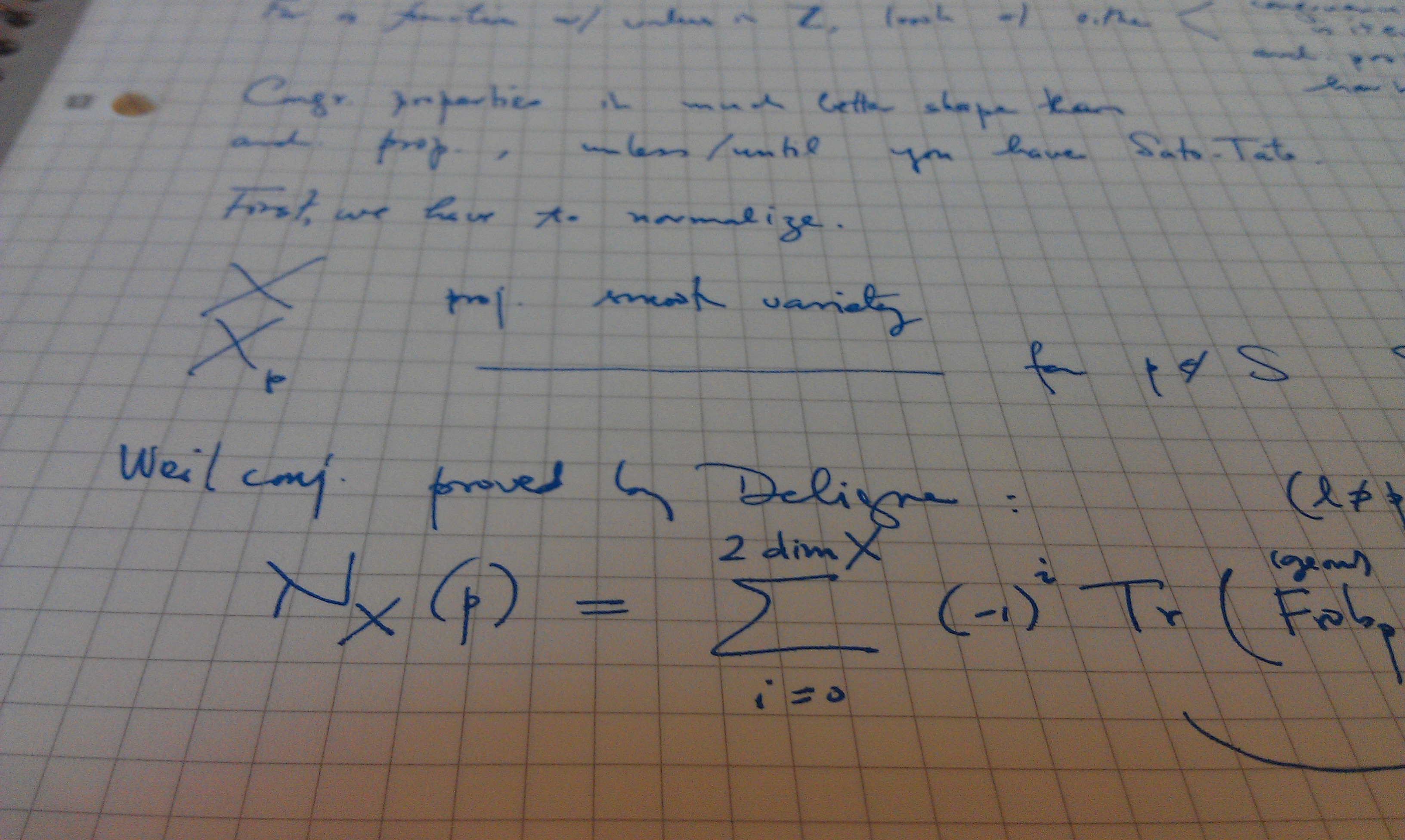Publication Date
2021
Journal or Book Title
PLOS Computational Biology
Abstract
This paper uses mathematical modeling to study the mechanisms of surround suppression in the primate visual cortex. We present a large-scale neural circuit alistic modeling work are used. The remaining parameters are chosen to produce model outputs that emulate experimentally observed size-tuning curves. Our two main results are: (i) we discovered the character of the long-range connections in Layer 6 responsible for surround effects in the input layers; and (ii) we showed that a net-inhibitory feedback, i.e., feedback that excites I-cells more than E-cells, from Layer 6 to Layer 4 is conducive to producing surround properties consistent with experimental data. These results are obtained through parameter selection and model analysis. The effects of nonlinear recurrent excitation and inhibition are also discussed. A feature that distinguishes our model from previous modeling work on surround suppression is that we have tried to reproduce realistic lengthscales that are crucial for quantitative comparison with data. Due to its size and the large number of unknown parameters, the model is computationally challenging. We demonstrate a strategy that involves first locating baseline values for relevant parameters using a linear model, followed by the introduction of nonlinearities where needed. We find such a methodology effective, and propose it as a possibility in the modeling of complex biological systems. Author summary The visual cortex is a part of the cortex that processes visual signal. The visual signal from the retina is relayed through the lateral geniculate nucleus (LGN), and enters the primary visual cortex directly. The primary visual cortex consists of many layers. A phenomenon called surround suppression, which means a reduction of neuronal activities in response to the presence of neighboring stimuli, is well-observed in all layers of the primate primary visual cortex. In this paper, we built a large scale mathematical model consisting of the LGN input and tens of thousands of neuron groups in Layer 4 and Layer 6 of the primary visual cortex to study the mechanism of surround suppression. This model is constrained by both anatomical structures and realistic physiological parameters. Remaining unknown parameters are reverse-engineered from experimental data. We showed how the character of the surround suppression depends on the long-range connections in the feedback layer, as well as the feedback current from Layer 6 to Layer 4.
ISSN
1553-734X
ORCID
Li, Yao/0000-0002-4241-7723
DOI
https://doi.org/10.1371/journal.pcbi.1008916
Volume
17
Issue
4
License
UMass Amherst Open Access Policy
Creative Commons License

This work is licensed under a Creative Commons Attribution 4.0 License.
Recommended Citation
Li, Yao and Young, Lai-Sang, "Unraveling the Mechanisms of Surround Suppression in Early Visual Processing" (2021). PLOS Computational Biology. 1318.
https://doi.org/10.1371/journal.pcbi.1008916
